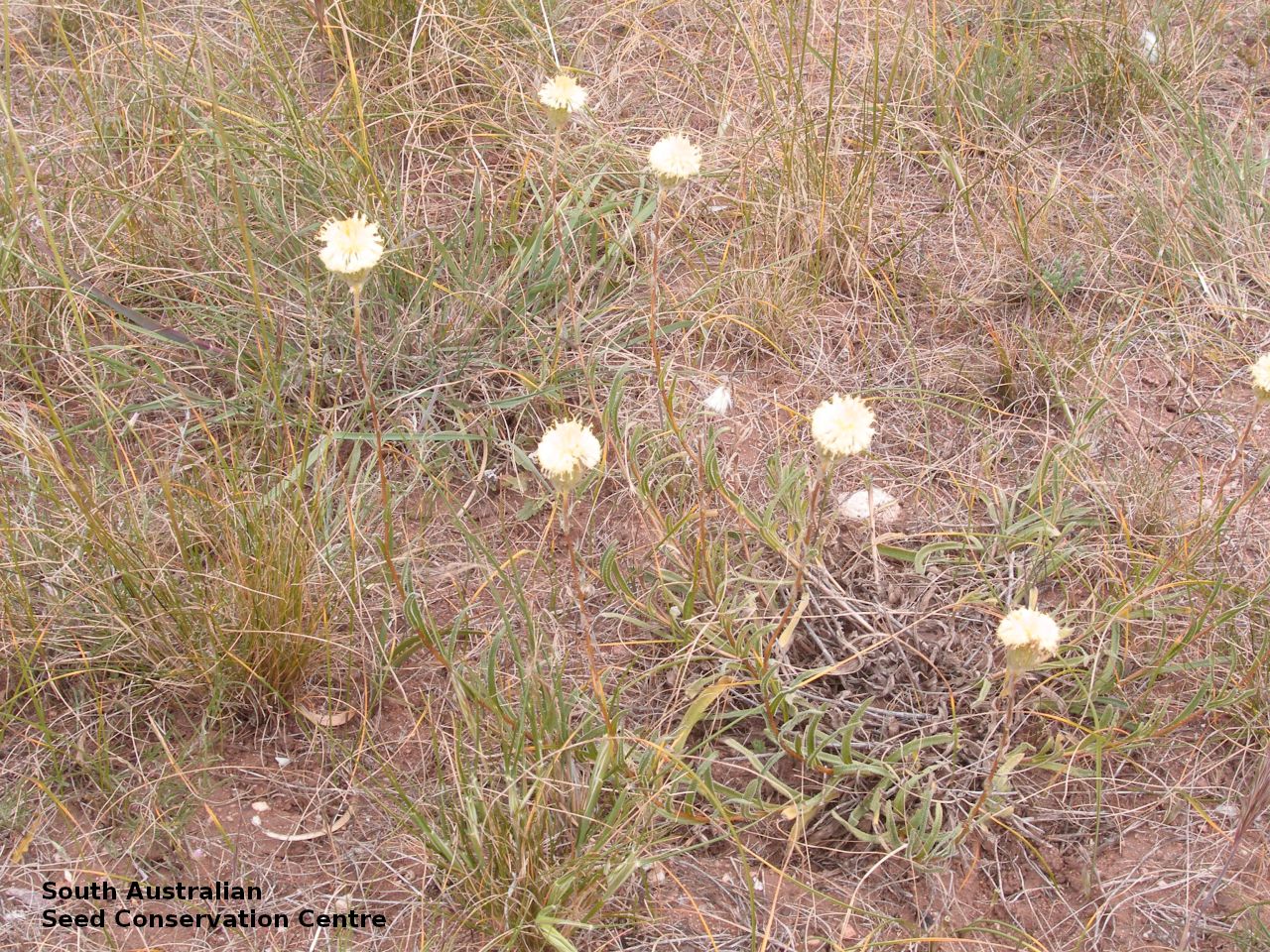
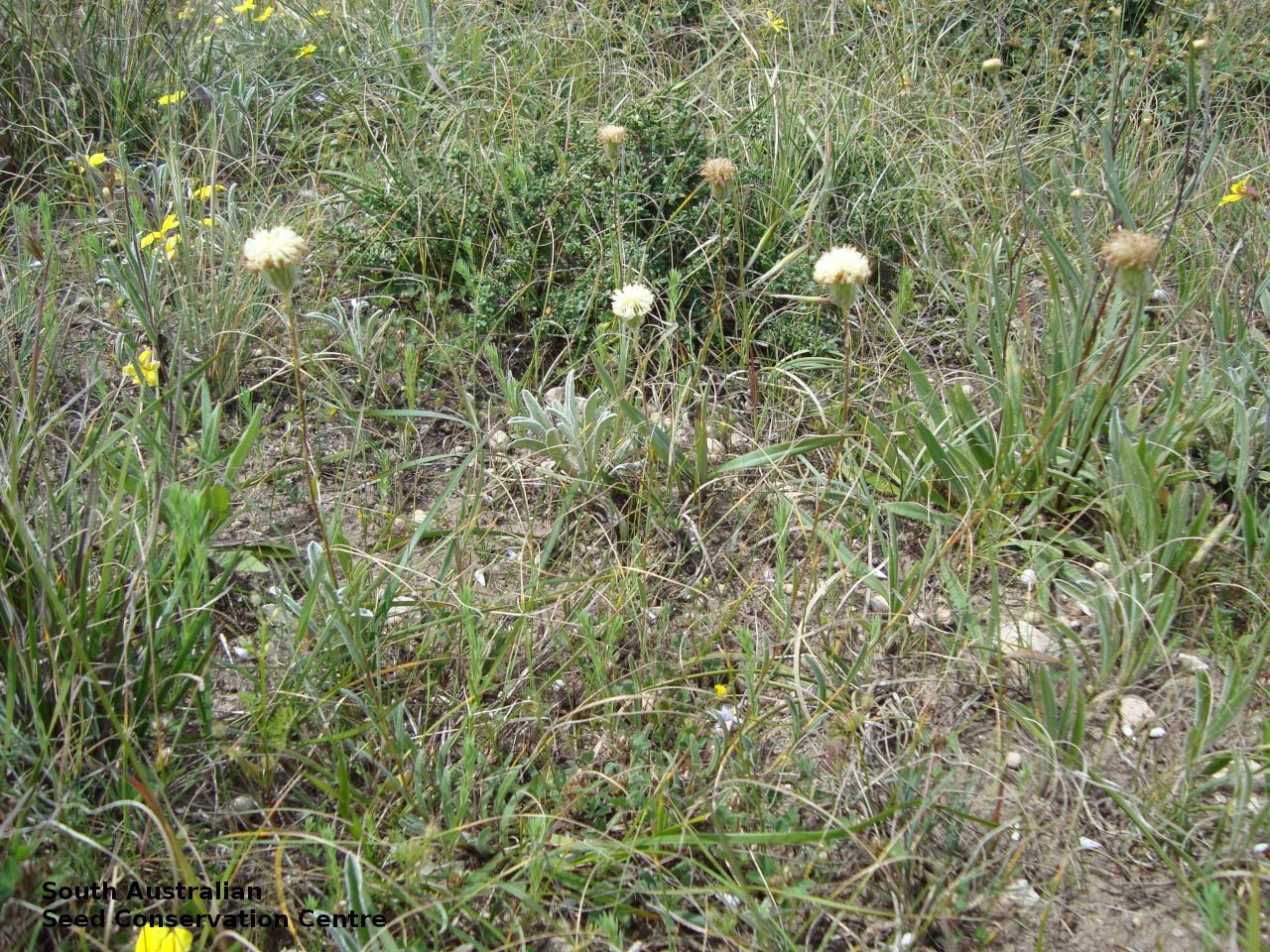
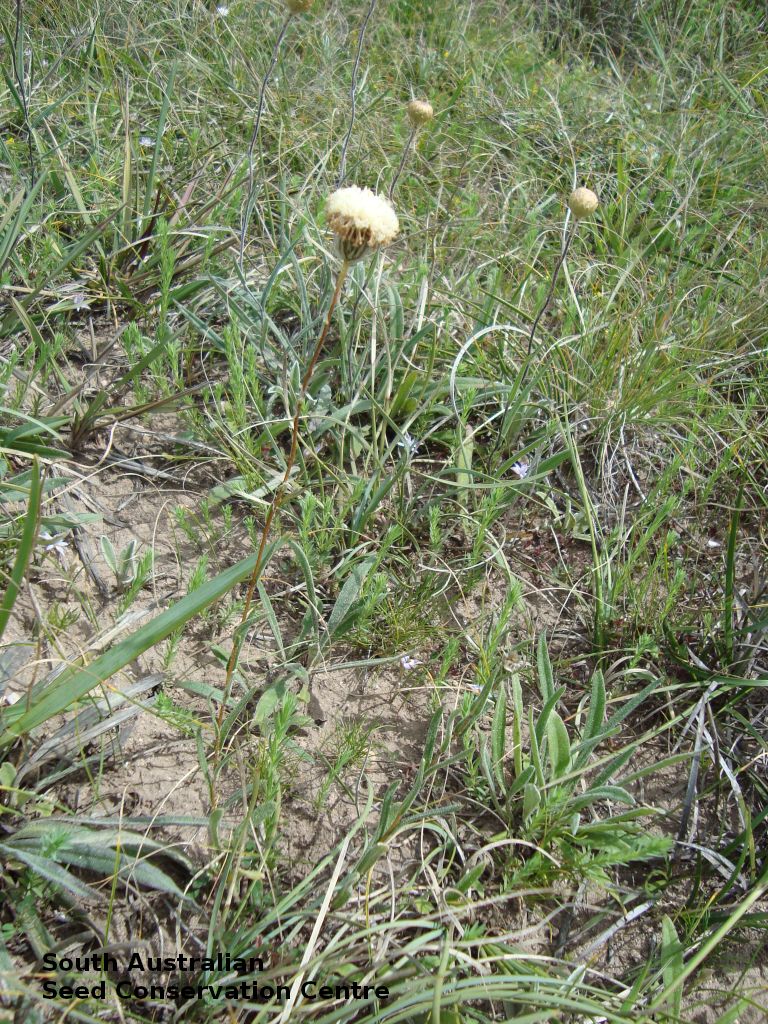
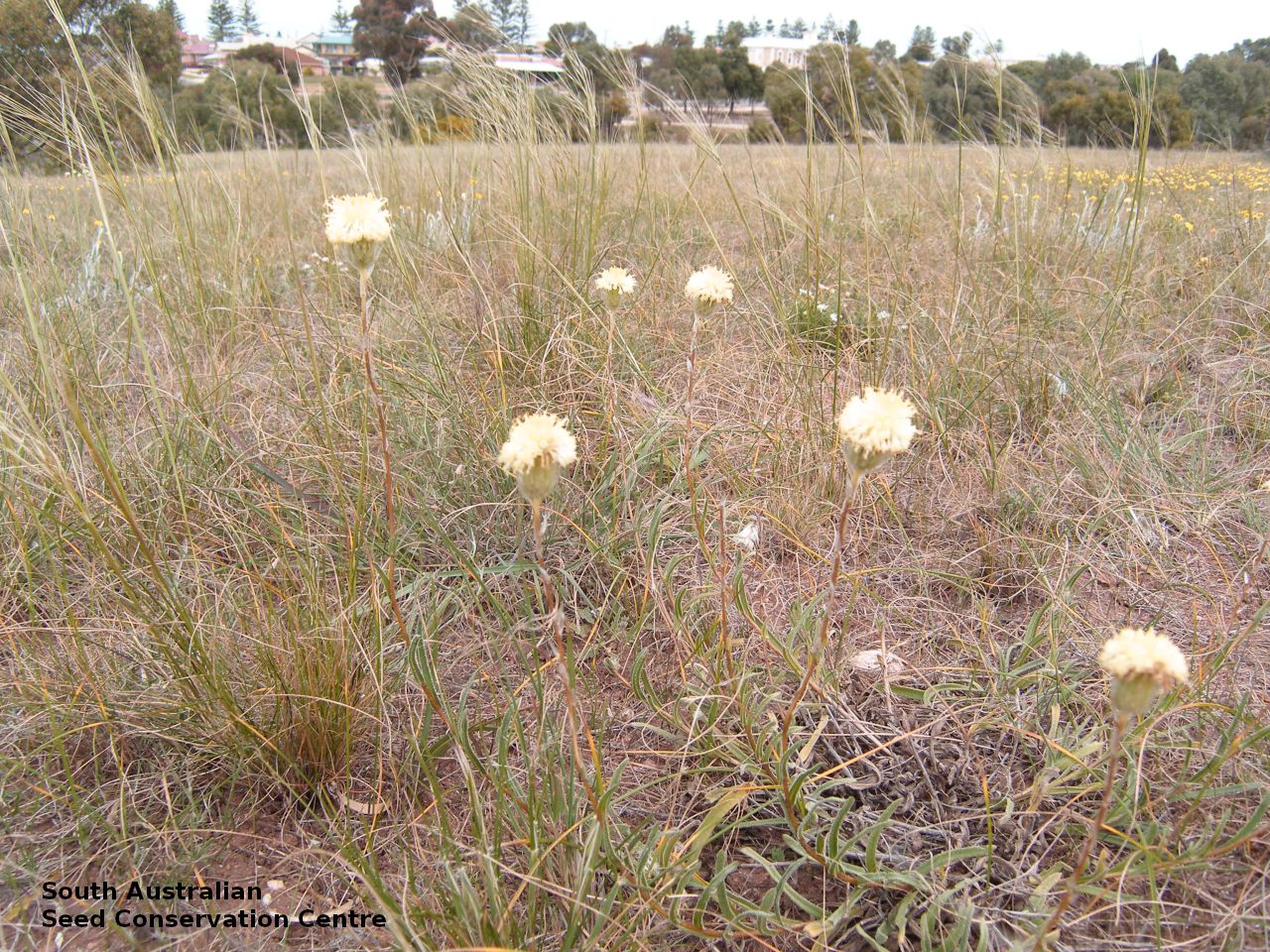
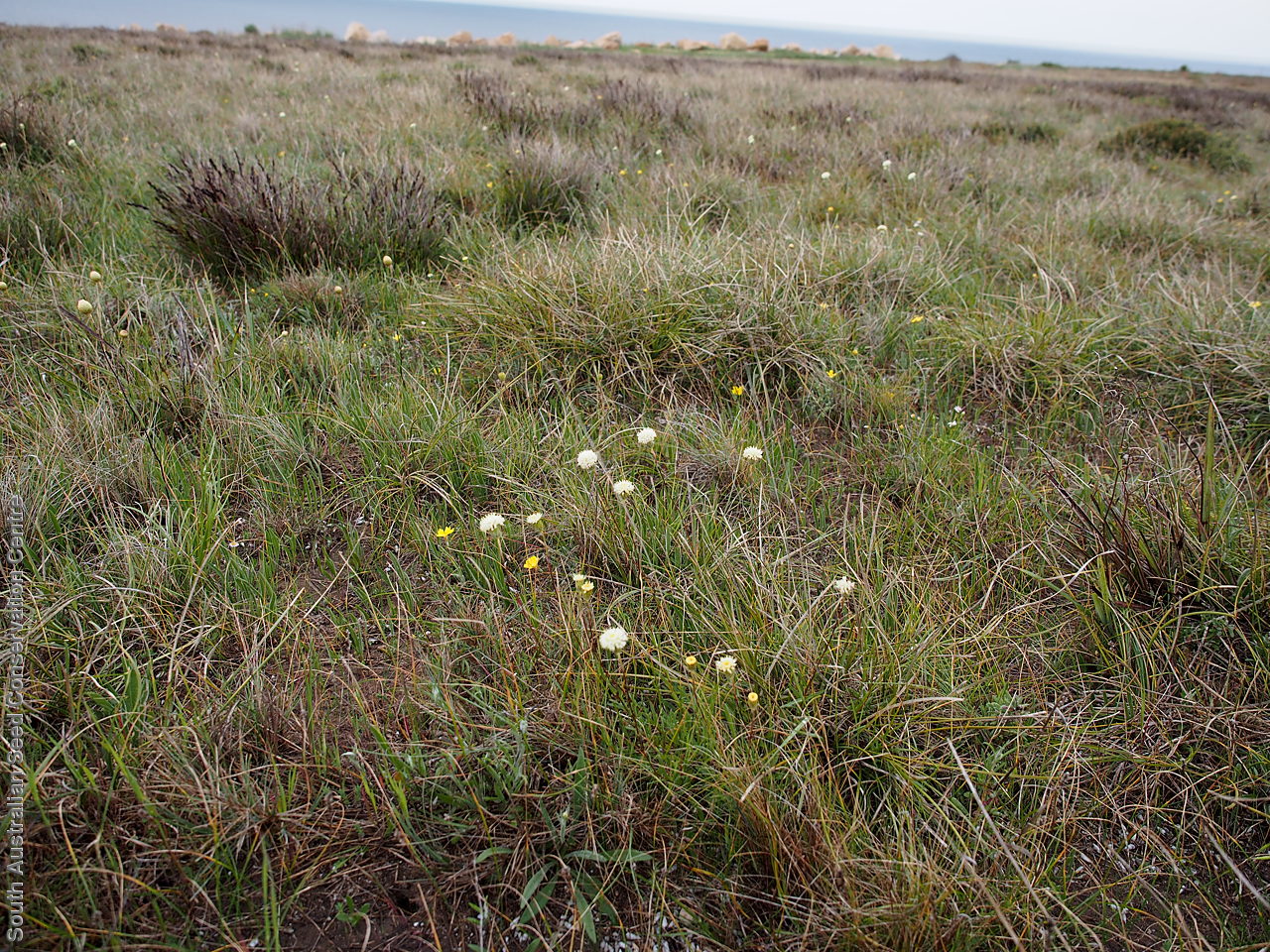
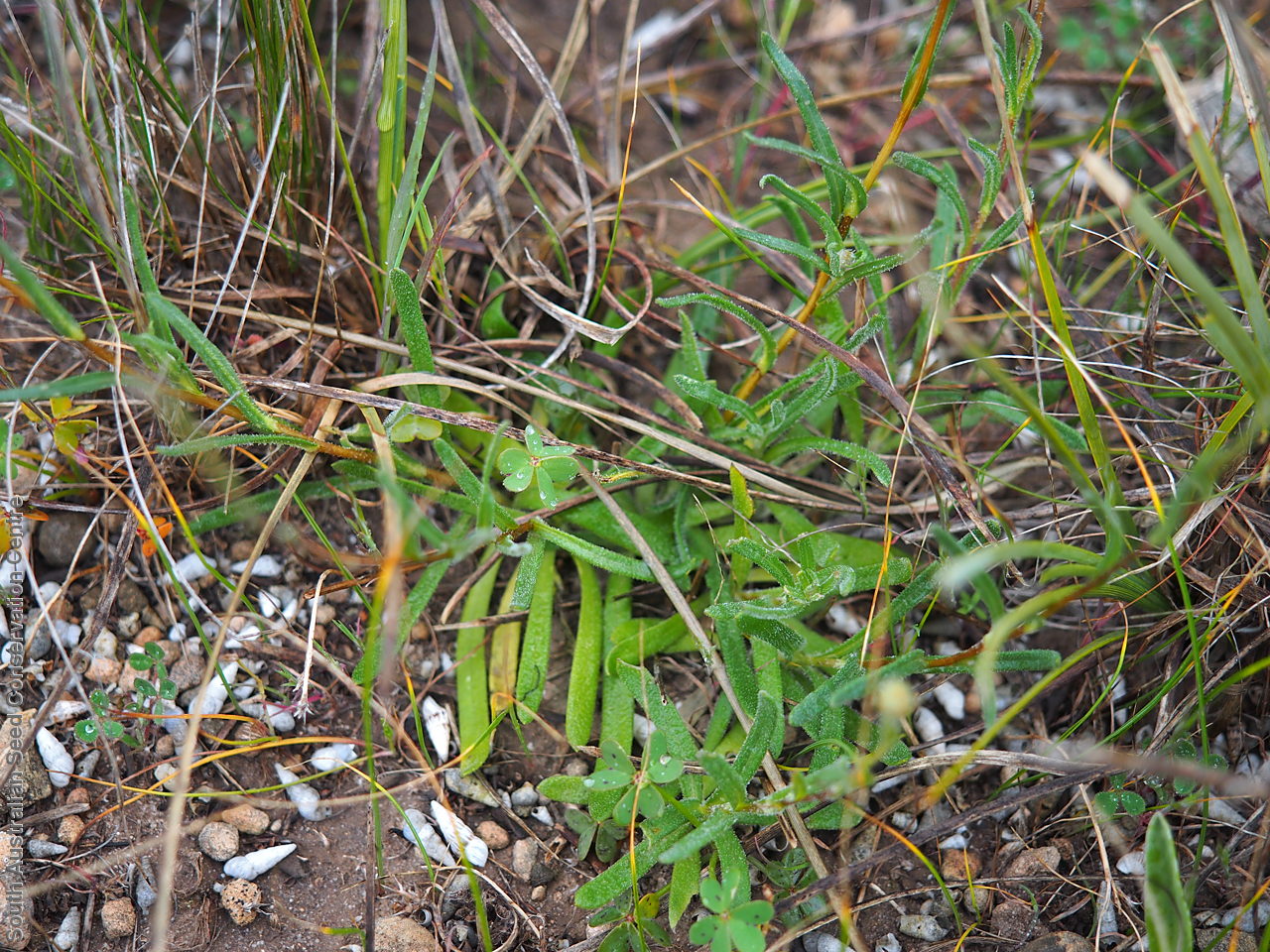
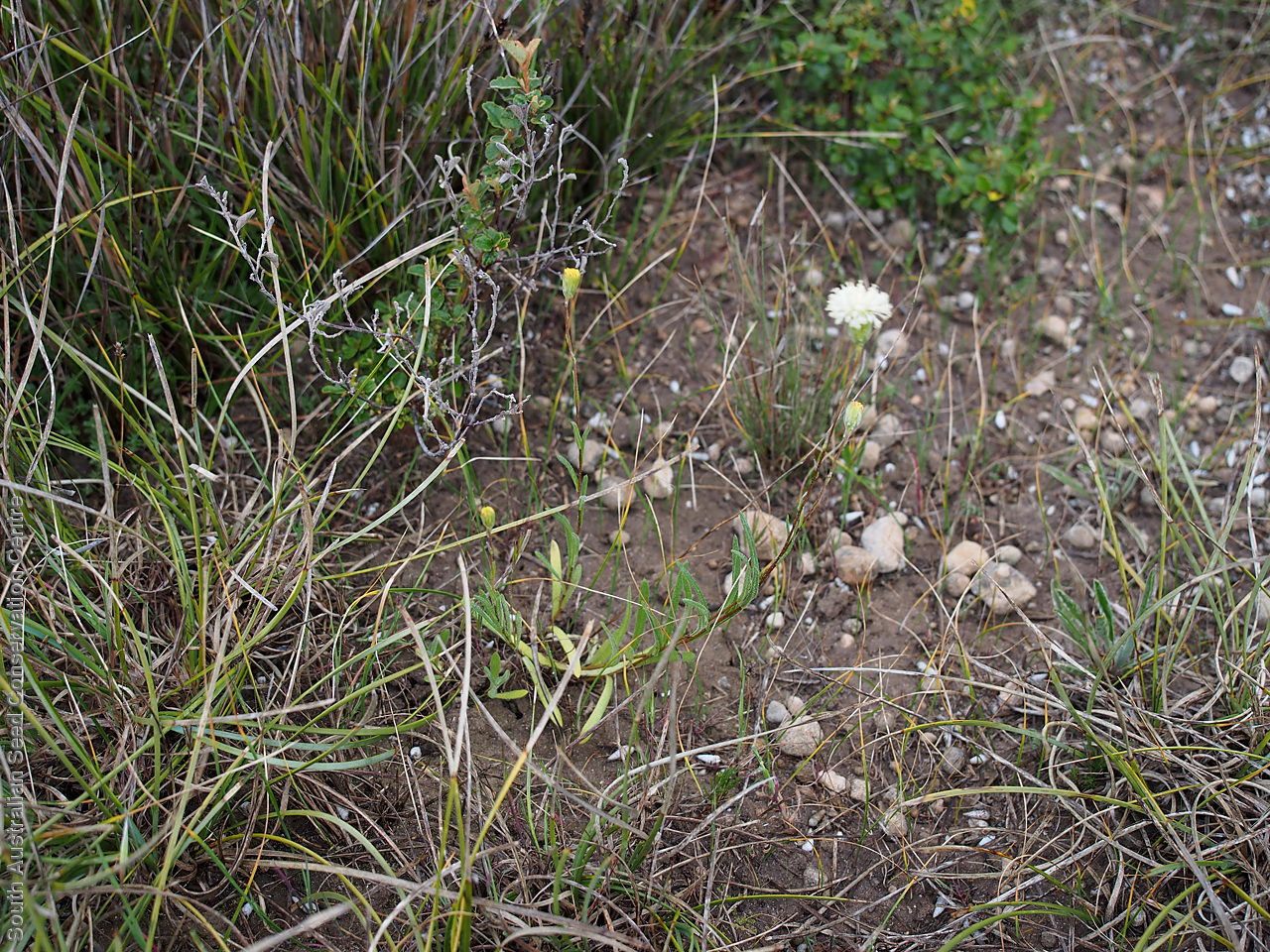
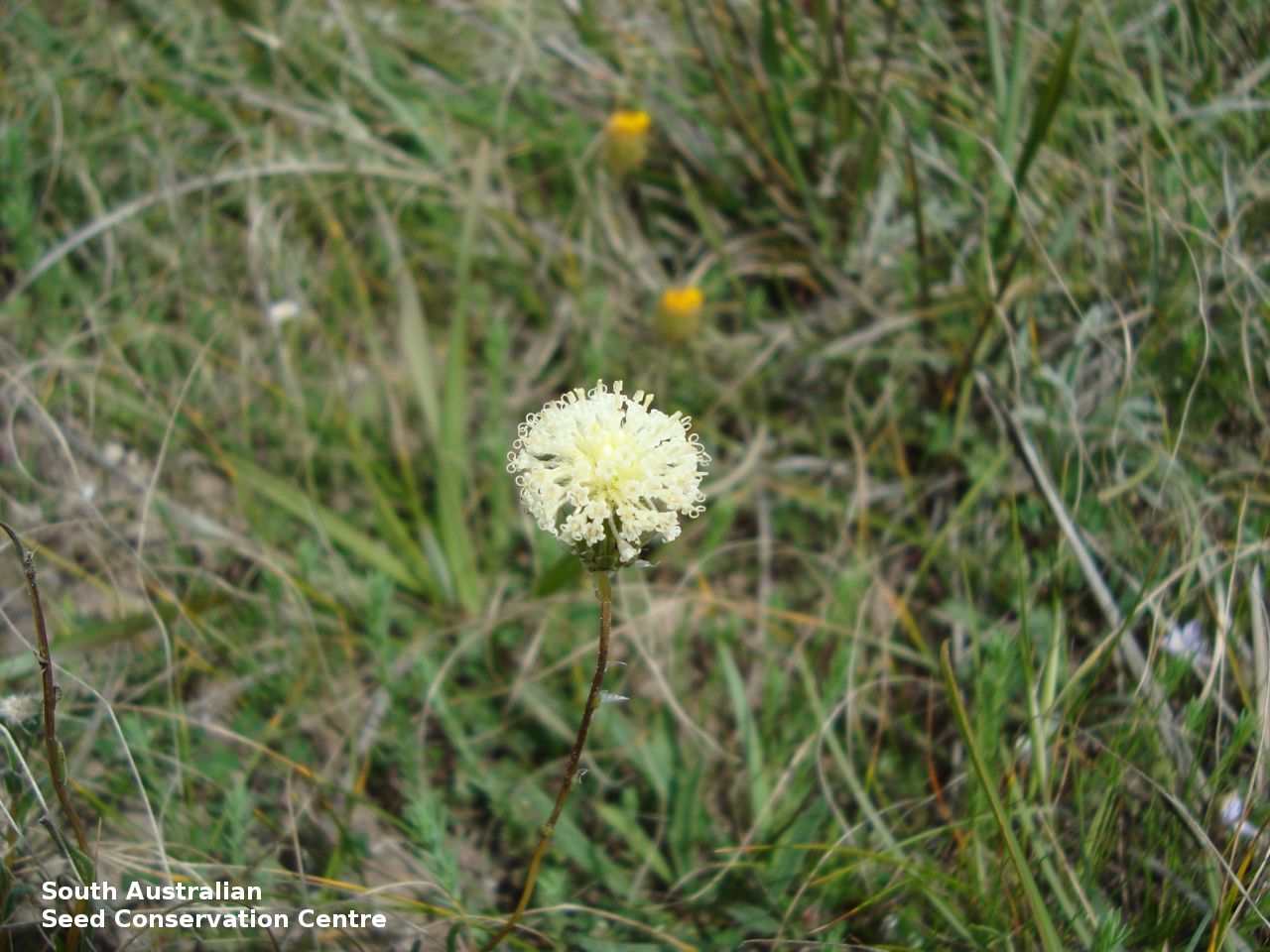
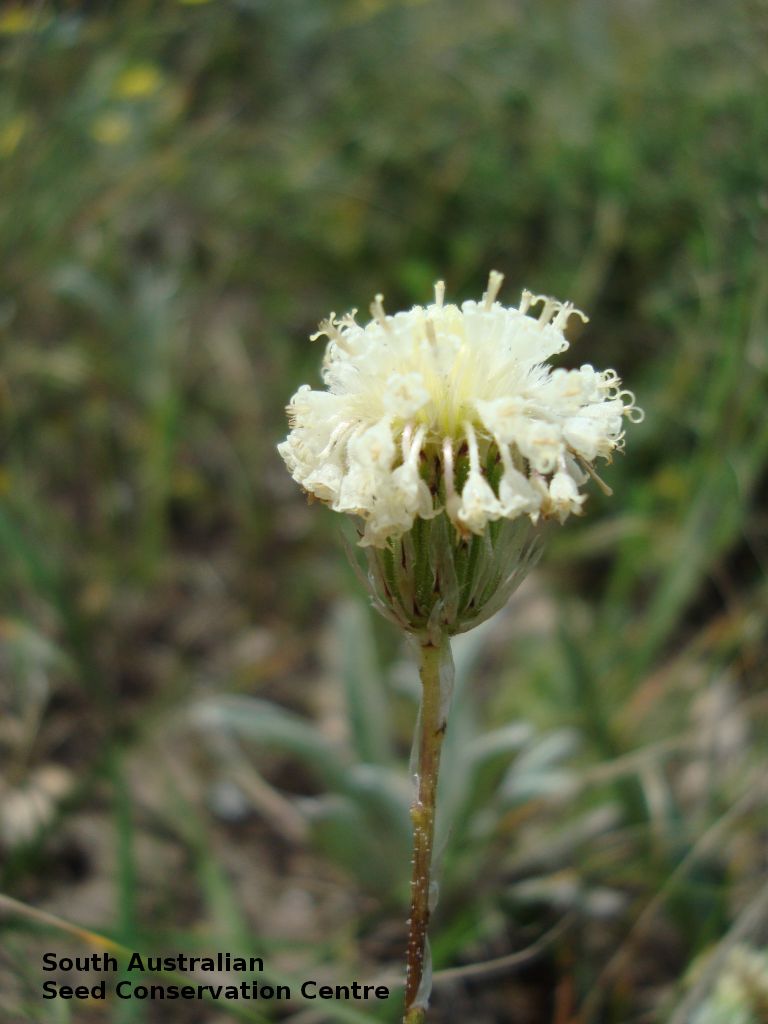
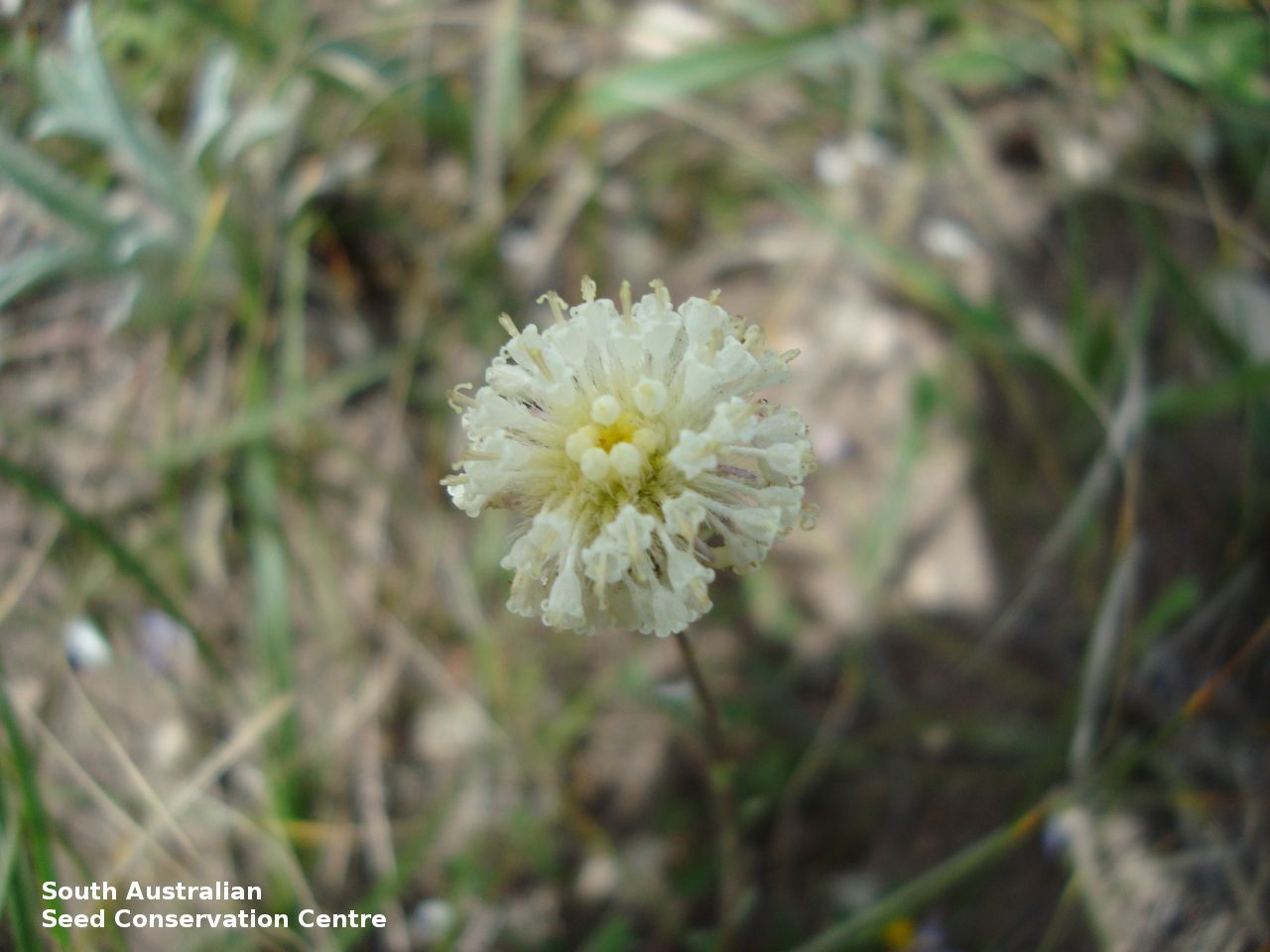
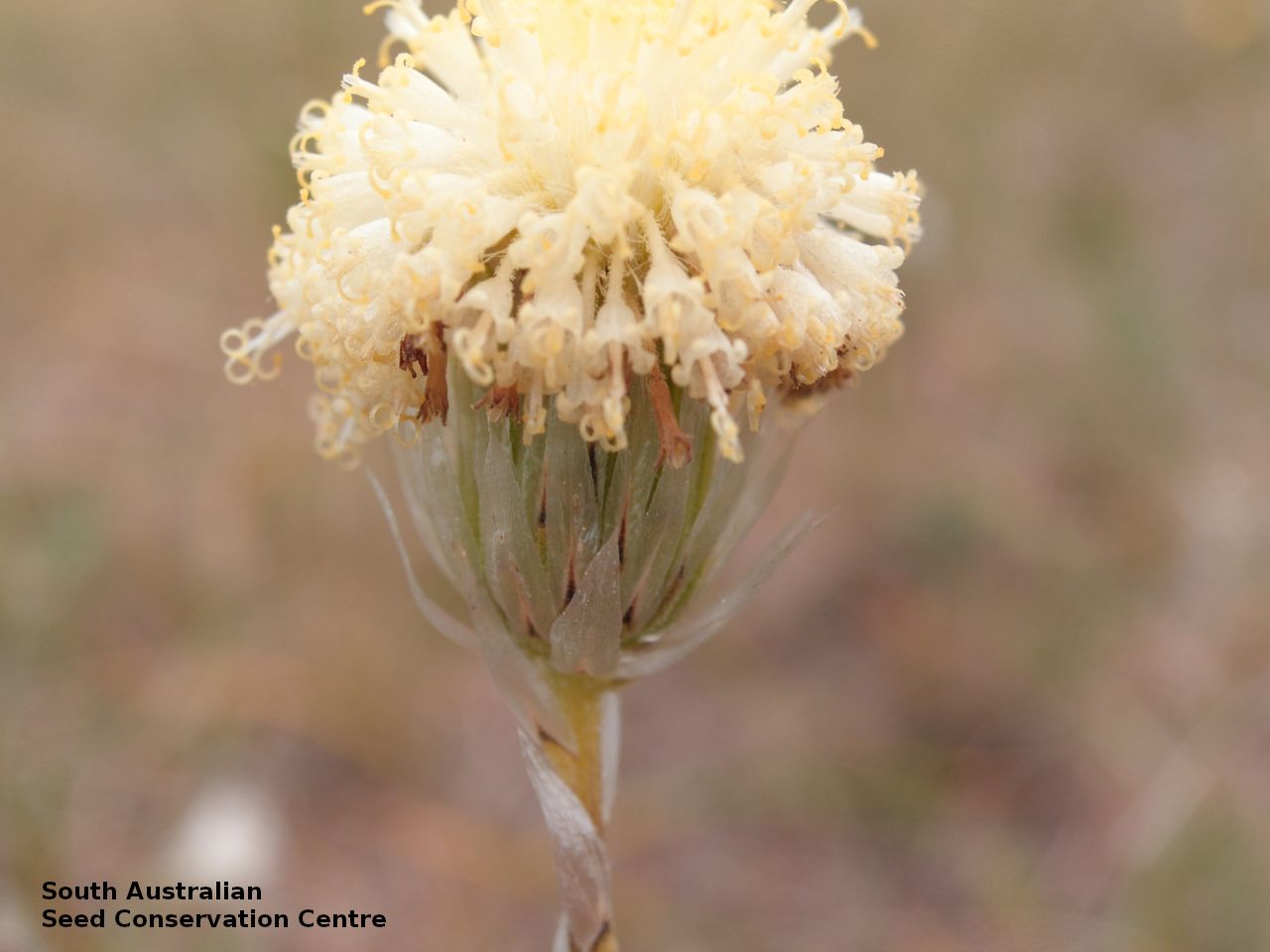
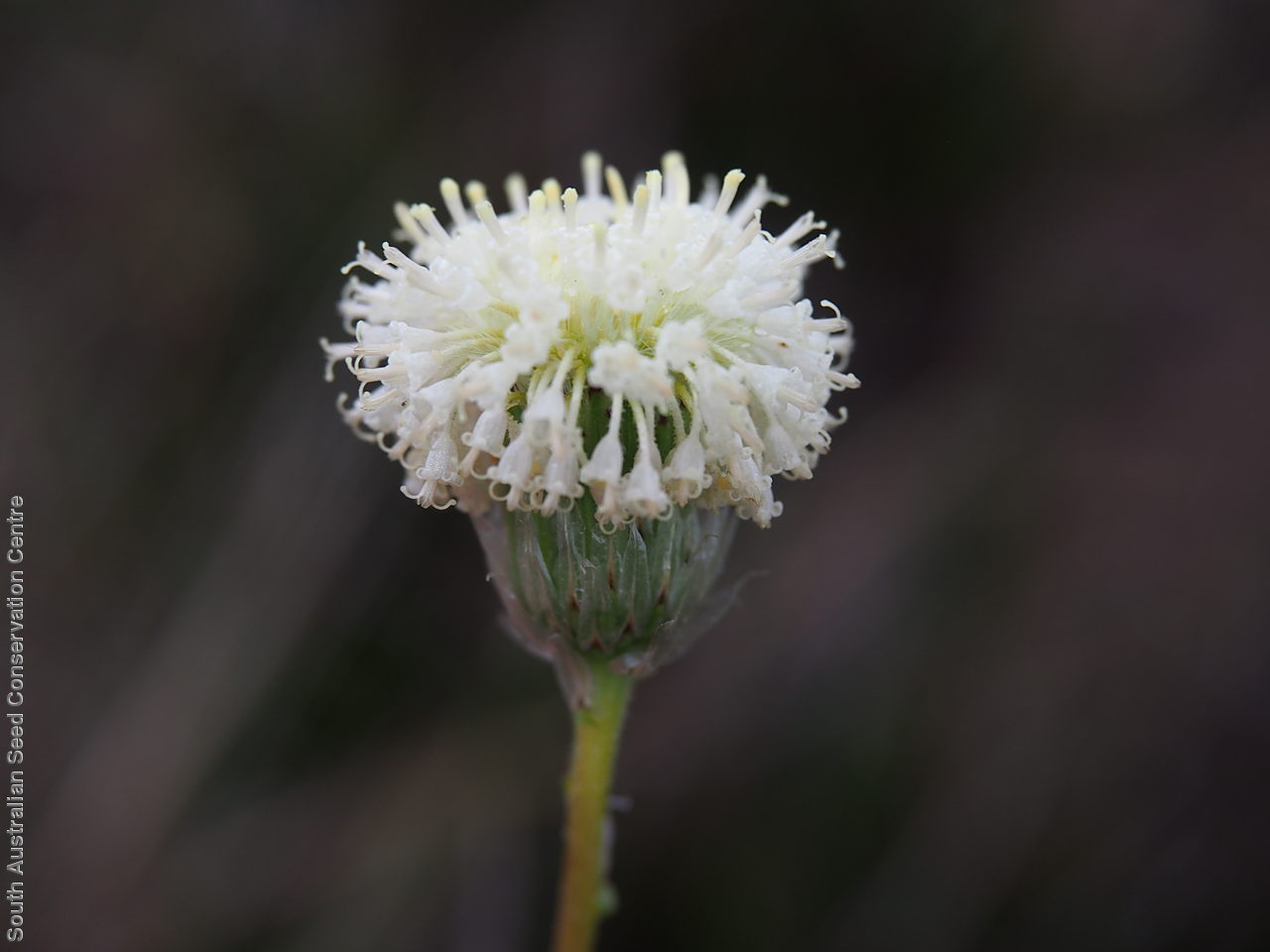
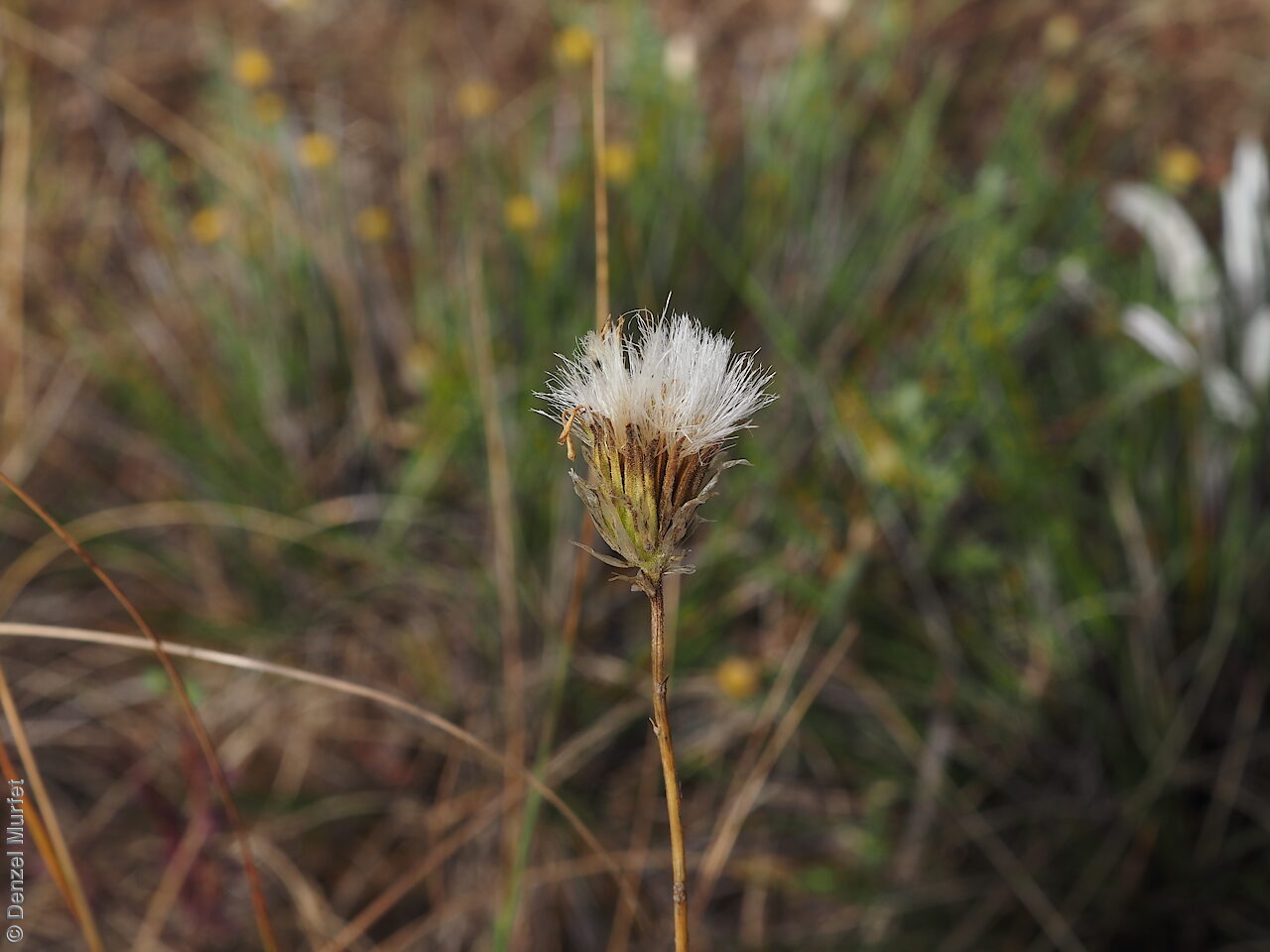
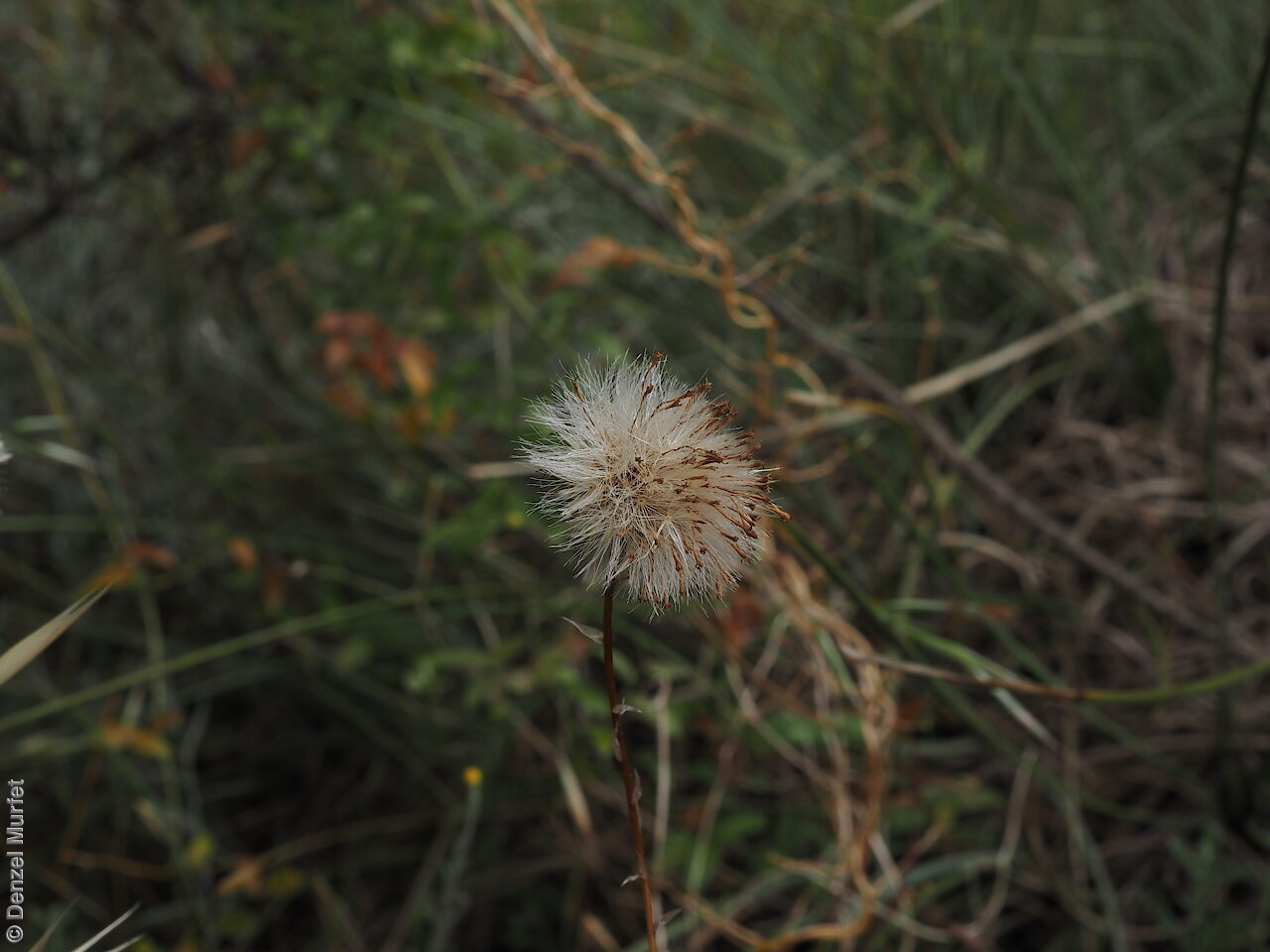
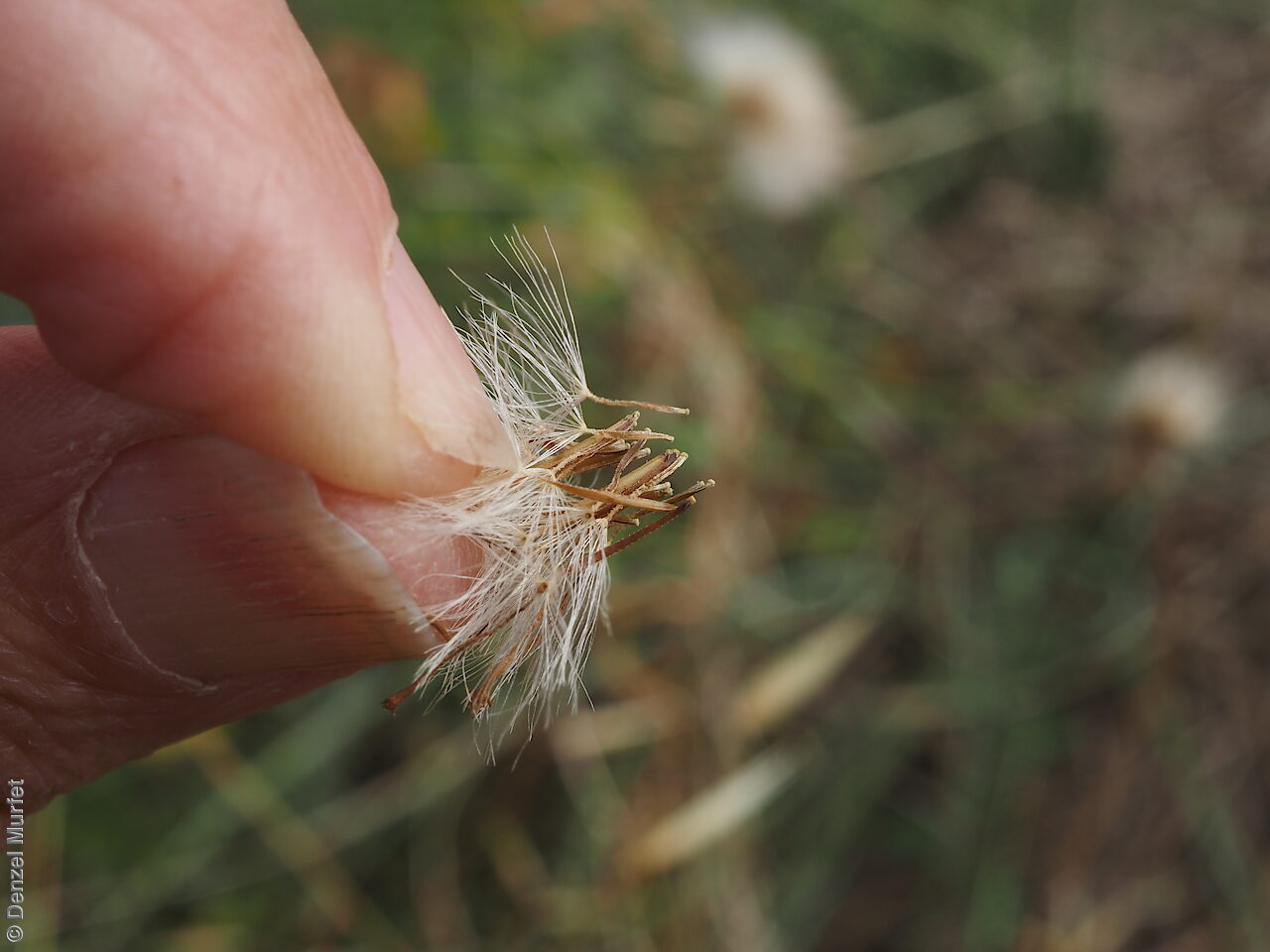
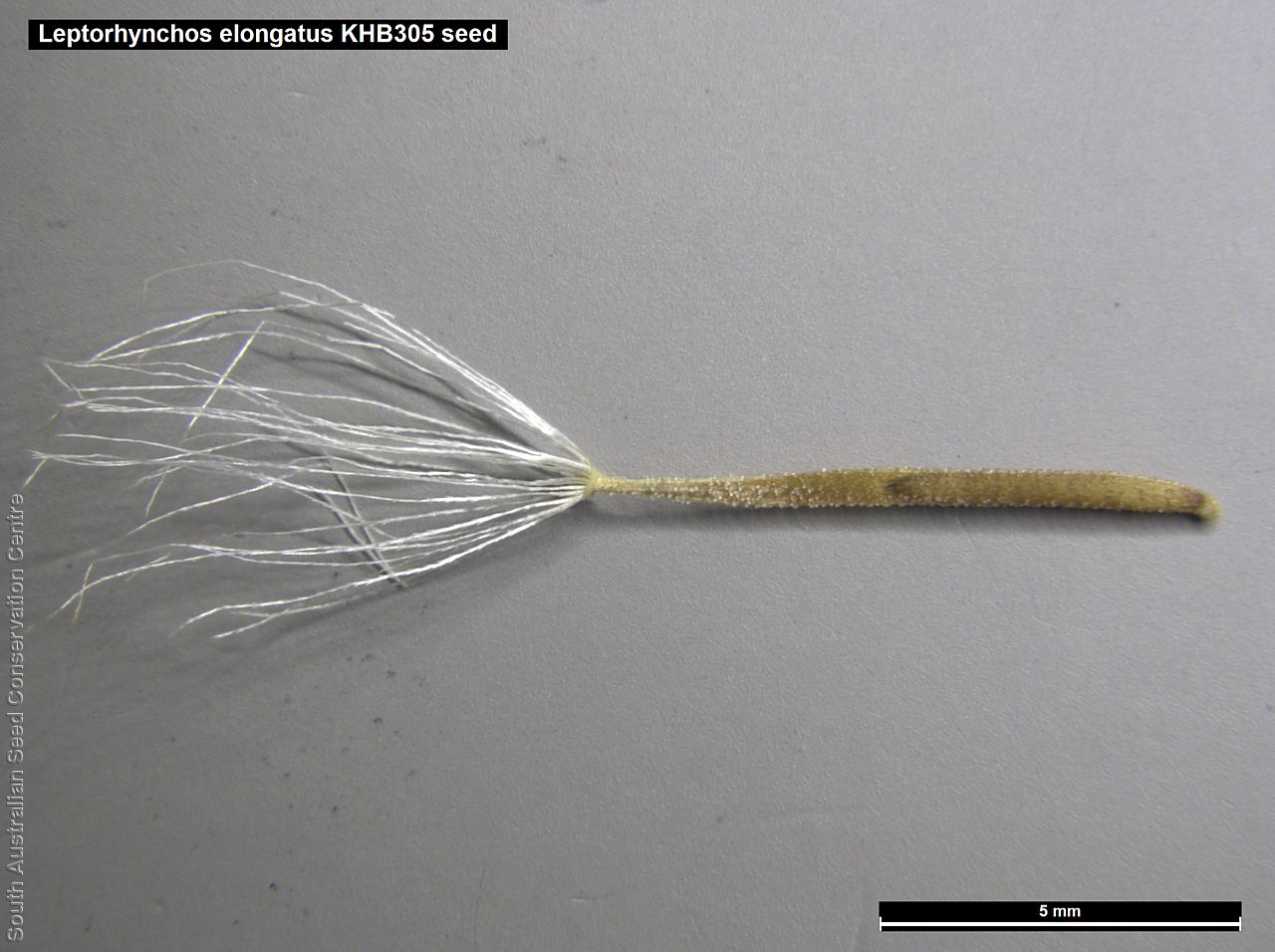
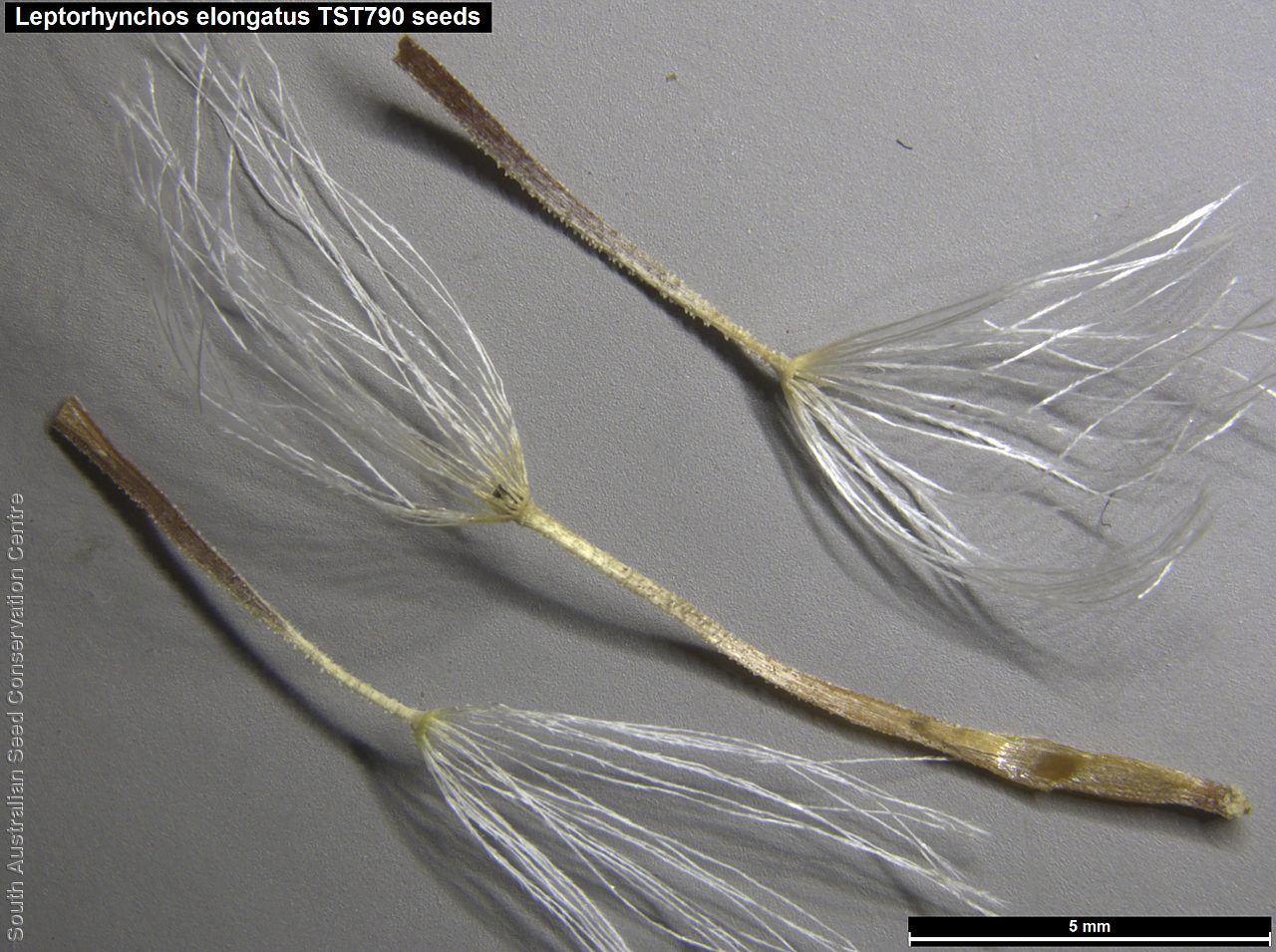
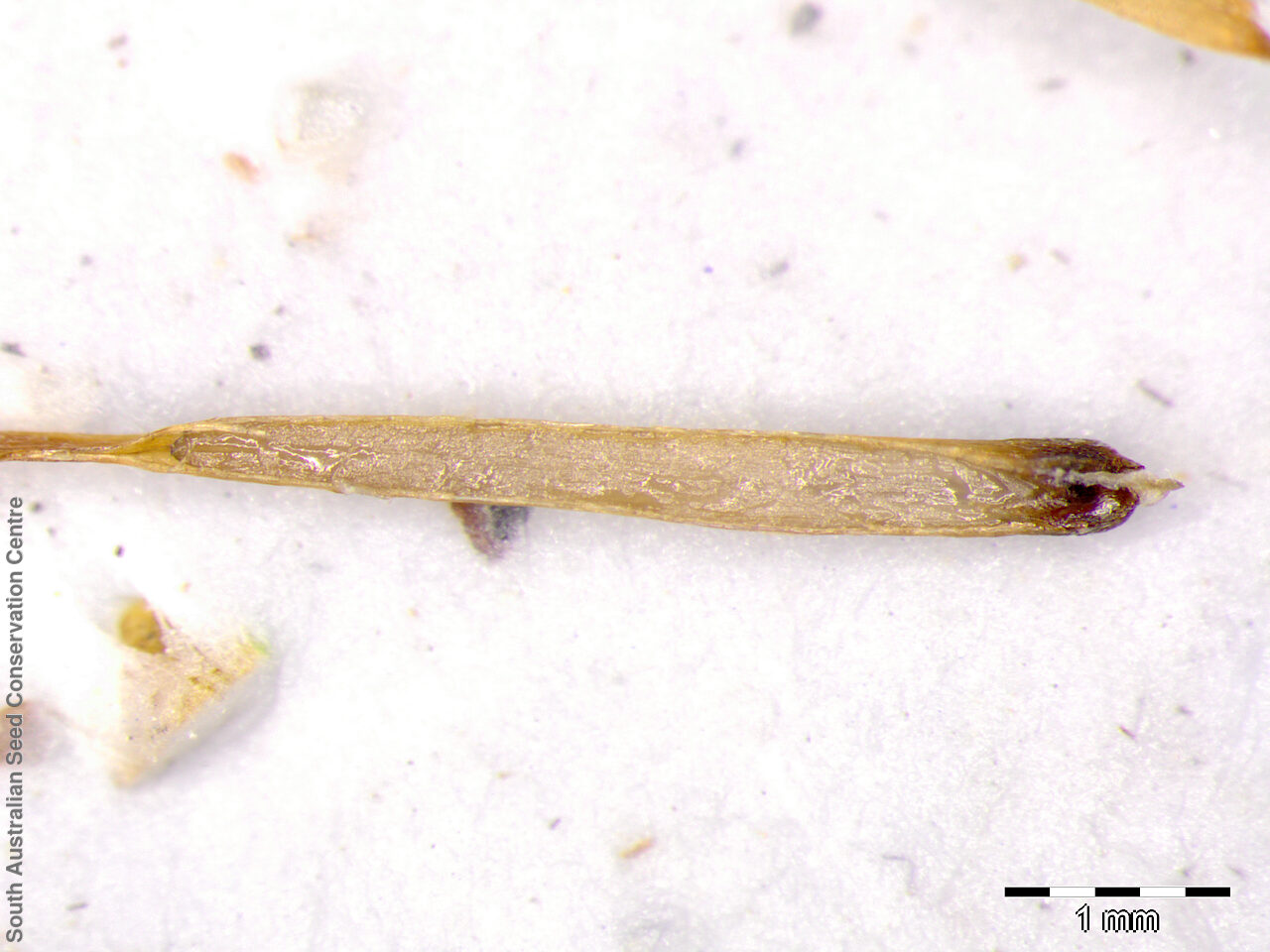
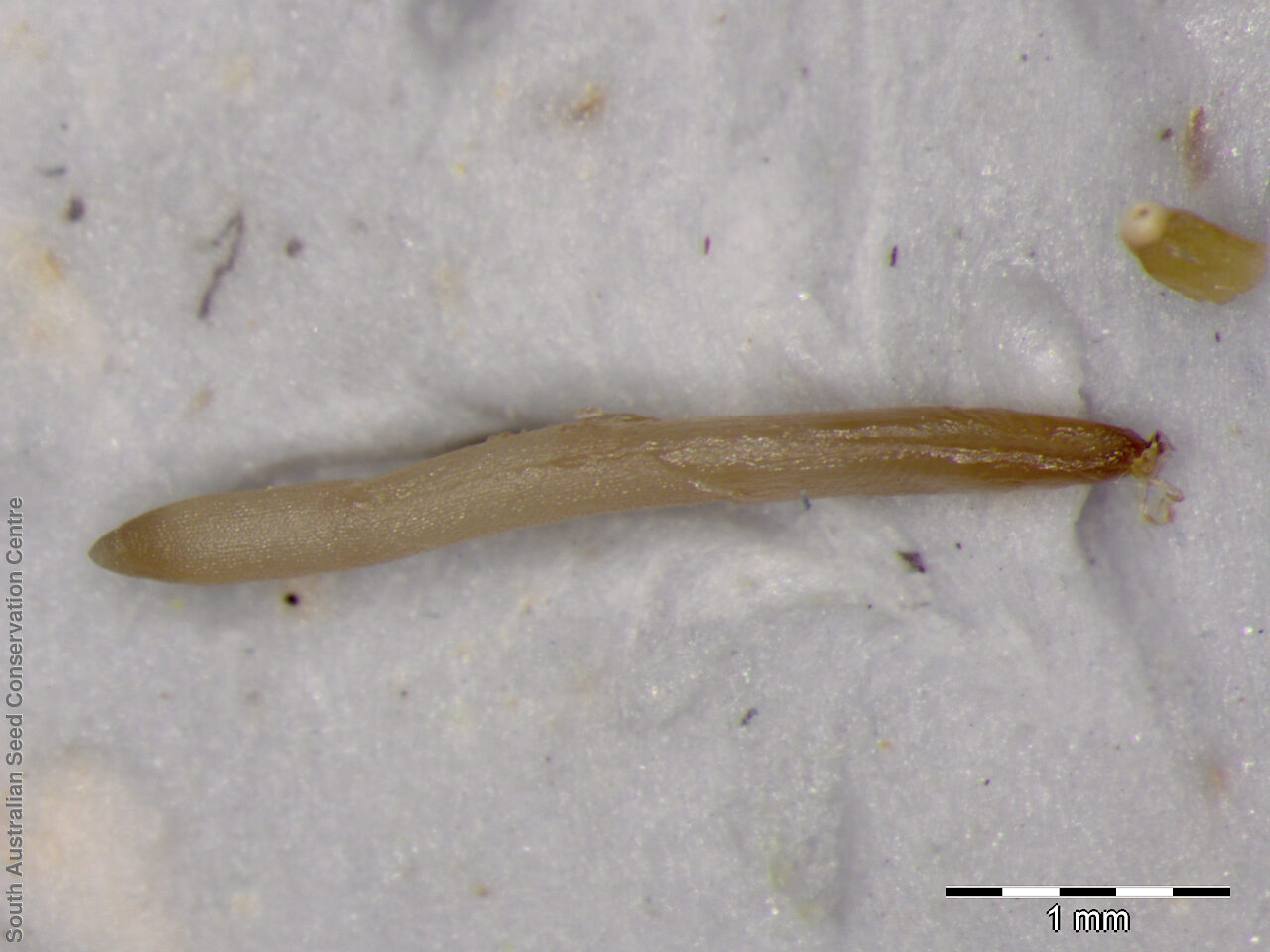
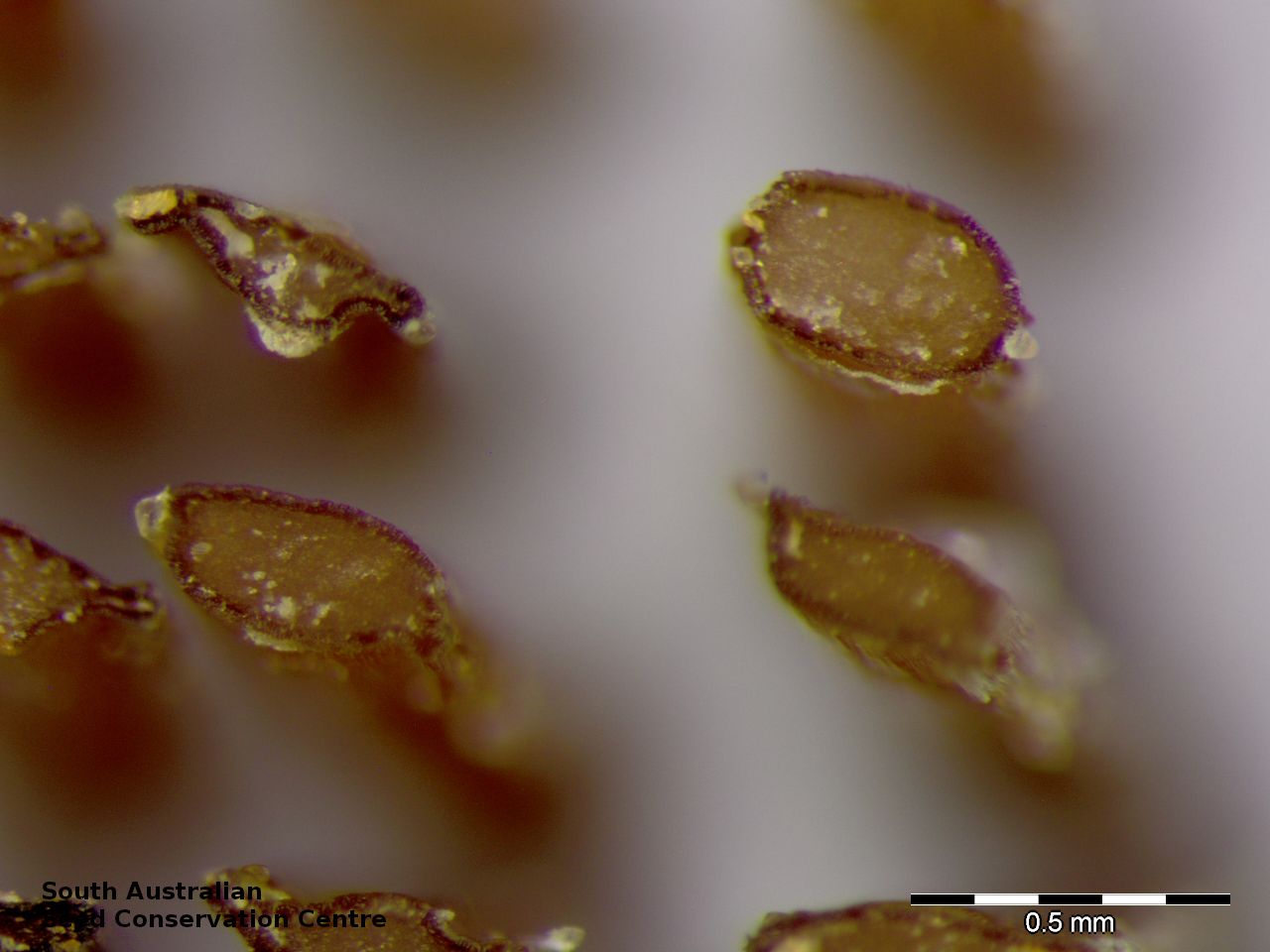

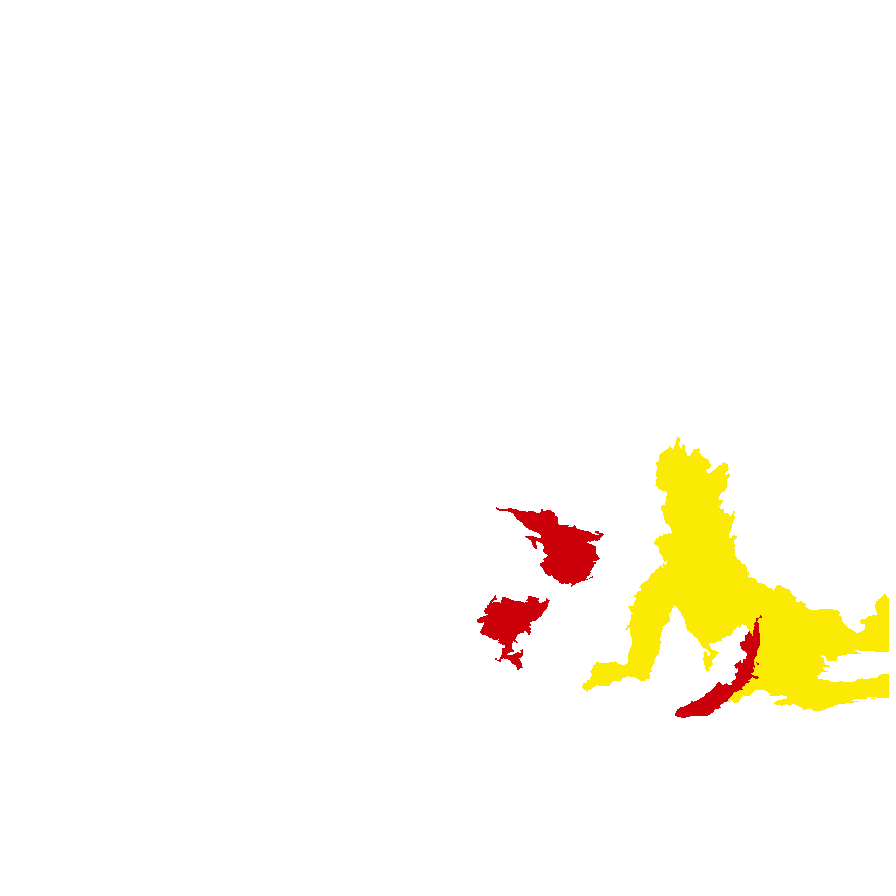
Etymology
Leptorhynchos from the Greek 'leptos' meaning slender and 'rhynchos' meaning a snout; alluding to the beaked achenes of some species. Elongatus from Latin meaning elongated; referring to the elongated achenes.
Distribution and status
Found in the southern Flinders Ranges, the Mount Lofty Ranges and the northern Yorke Peninsula in South Australia, growing in woodland and grassland on sandy to sandy loam soils. Also found in New South Wales, Victoria and Tasmania. Native. Rare in South Australia. Very rare in Victoria and Tasmania. Uncommon in New South Wales.
Herbarium regions: Flinders Ranges, Northern Lofty, Murray, Yorke Peninsula, Southern Lofty, Green Adelaide
NRM regions: Adelaide and Mount Lofty Ranges, Northern and Yorke, South Australian Murray-Darling Basin
AVH map: SA distribution map (external link)
Plant description
Perennial herb to 40 cm high with a woody taproot, stems erect to ascending, with one to several simple or sparsely branched flowering scapes. Leaves in a basal rosette and cauline, oblong to narrow-oblanceolate, to 4 cm long and 7 mm wide, margins recurved, pubescent with coarse and glandular hairs. Compound flower heads terminal on stems to 25 mm long and 35 mm wide, involucral bracts extending down the peduncle and grading into upper leaves, outer bracts mostly membranous, colourless, innermost bracts herbaceous, reddish and with a narrow membranous margins and tip. Florets white to pale yellow. Flowering between August and November. Fruits are white fluffy daisy-head. Seeds are brown flat long seed to 8 mm long and 0.5 mm wide, covered in fine tubercules and with long feathered-like papus at one end. Seed embryo type is spatulate fully developed.
Seed collection and propagation
Collect seeds between October and December. Collect heads that are fluffy. Either pick off the whole heads or use your finger and pull off the seeds from the head. Mature seeds will come off easily. Place the heads in a tray for a week to dry. No cleaning is required if only pure seeds are collected. If heads are collected, then rub the heads gently with your hands to dislodge the seeds. Viable seeds will be fat and hard. Use a sieve to separate the unwanted material. Store the seeds with a desiccant such as dried silica beads or dry rice, in an air tight container in a cool and dry place. Seed viability is variable depending on collecting time and level of predation, can be very low to high..
| Location | No. of seeds (weight grams) | Number of plants | Date collected | Collection number Collection location | Date stored | % Viability | Storage temperature |
|---|---|---|---|---|---|---|---|
| BGA | 9,000 (5.98 g) | 25 | 15-Oct-2007 | RJB74861 Northern Lofty | 19-Sep-2008 | 25% | +5°C, -18°C |
| BGA | 570 (0.33 g) | 10 | 16-Oct-2008 | DJD1308 Yorke Peninsula | 20-Jul-2009 | 100% | -18°C |
| BGA | 14,000 (11.55 g) | 60 | 15-Oct-2009 | TST790 Yorke Peninsula | 1-Jun-2010 | 85% | -18°C |
| BGA | 1,200 (0.93 g) | 1-Oct-2013 | KHB305 Flinders Ranges | 1-Jan-2016 | 80% | -18°C | |
| BGA | 1,000 (0.85 g) | 1-Oct-2018 | KHB157 Flinders Ranges | 24-Apr-2019 | 85% | -18°C | |
| BGA | 14,900 (9.66 g) | 100+ | 23-Oct-2018 | DJD3782 Yorke Peninsula | 24-Apr-2019 | 85% | -18°C, -80°C |
| BGA | 21,100 (15.880 g) | 100+ | 20-Oct-2020 | DJD4008 Northern Lofty | 28-Jun-2021 | 55% | -18°C, -80°C |
| BGA | 600 (0.360 g) | 15-Oct-2020 | Andrian Shackley Yorke Peninsula | 28-Jun-2021 | 50% | -18°C | |
| BGA | 12,000 (9.640 g) | 50+ | 27-Aug-2021 | TST1475 Northern Lofty | 7-Jul-2022 | 30% | -18°C |
| BGA | 24,500 (14.850 g) | 100+ | 3-Nov-2022 | BKB94 Yorke Peninsula | 20-Jun-2023 | 85% | -18°C, -80°C |
| BGA | 5,527 (4.970 g) | 50+ | 2-Nov-2022 | BKB86 Yorke Peninsula | 20-Jun-2023 | 55% | -18°C |
Number of plants: This is the number of plants from which the seeds were collected.
Collection location: The Herbarium of South Australia's region name.
% Viability: Percentage of filled healthy seeds determined by a cut test or x-ray.